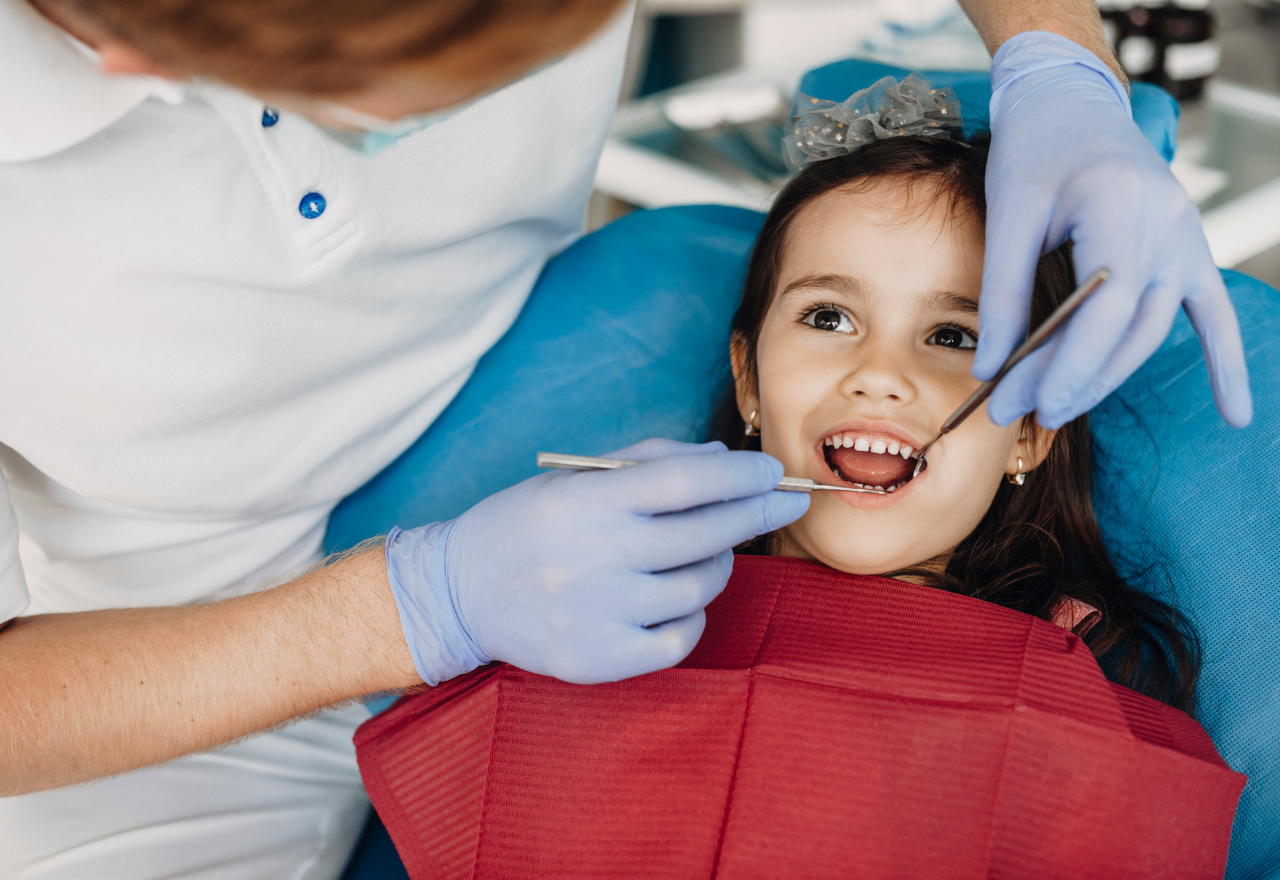Over 1.5 million kids a year miss out on free dental care
05 August 2025, 8:00 PM

This week is Dental Health Week (August 4 to 10). New data from an Australian Dental Association (ADA) survey of 25,000 adults shows that 29%, or around one in four parents, believe their child is eligible for free dental treatment under the government’s Child Dental Benefits Schedule (CDBS).
Yet only 36%, or around one in three families who are eligible for the free treatment, actually use it. Meanwhile, the ADA survey says it has found the scheme is shrouded in confusion and misinformation, with many parents unaware of its existence or unsure of their eligibility, leaving millions of young mouths at risk.
In real terms, this dramatic under-utilisation rate means that of the 2,595,862 children who were eligible for the CDBS in 2020-2021, just 1,003,838 children used its services. That means around 1.59 million children are going without the free dental care that’s rightfully theirs.
“This leaves millions of eligible Australian families either going without dental care or paying more out of pocket than they need to, when it could so well fund a child’s first dental visit,” said ADA President Dr Chris Sanzaro.
“It’s a scheme that’s shrouded in mystery and confusion - and with over 1.5m Australian kids missing out, the government urgently needs to better promote it to ensure eligible families can access this care.”
For eligible families, typically those in receipt of Family Tax Benefit A, the CDBS provides up to $1,132 over a two-year period for dental services such as examinations, x-rays, cleaning, fissure sealing, fillings, root canals and extractions for children aged from newborn to 17.
Of those who believed they were eligible for the scheme, only 56% have used it for their children, and 38% said they hadn’t, the survey found.
Many parents who took part in the survey said they didn’t use the CDBS as it doesn’t cover orthodontics , which is so frequently needed with children. They were also under the incorrect impression that neither restorative nor cosmetic dental care were covered.
Other reasons for not using the scheme, according to the ADA survey:
- The scheme is not well publicised, nor are its details easily understood.
- The amount, or balance each child has, and when it is to be used by, was unclear, with plenty of parents believing their kids were only entitled to one visit every 2 years.
- Many were unaware the CDBS could be accessed through a private dentist, assuming, if the government was providing the service, it would only be available through the public dental system.
- *Around 20-25% said that although they believed their child/children was eligible, they were waiting for confirmation of eligibility from Services Australia.
“These results point to a catalogue of confusion, misinformation and lack of clarity around what’s in reality a good scheme that could potentially be meeting the oral health needs of nearly 2.6m kids a year.
“We’re keen to work with the government to help clarify the basic elements of the scheme and promote it to patients and parents to ensure millions of kids are getting the dental treatment and care they need to set them up with healthy mouths early in life.”
DENTISTS/DENTURES
SALONS/NAILS

